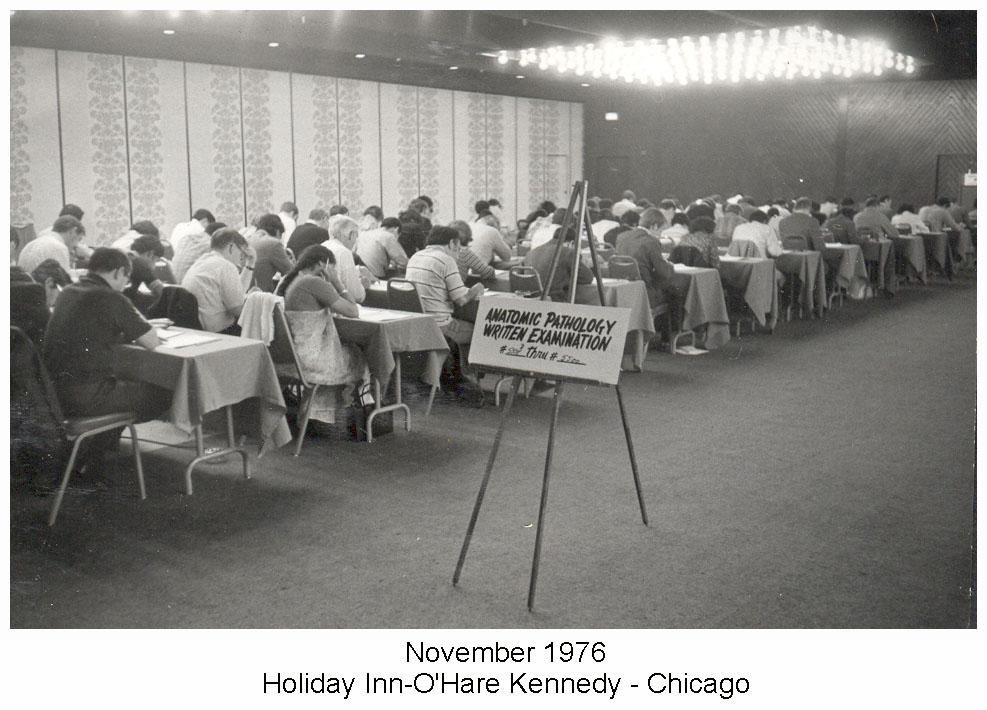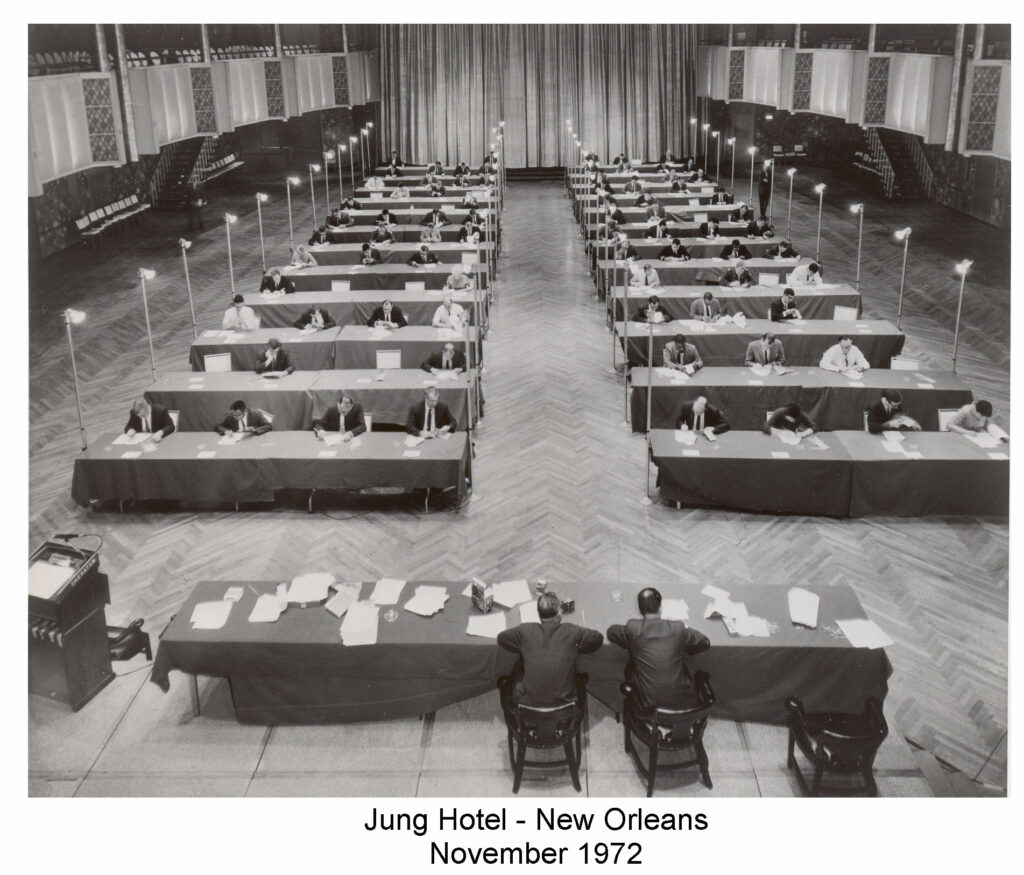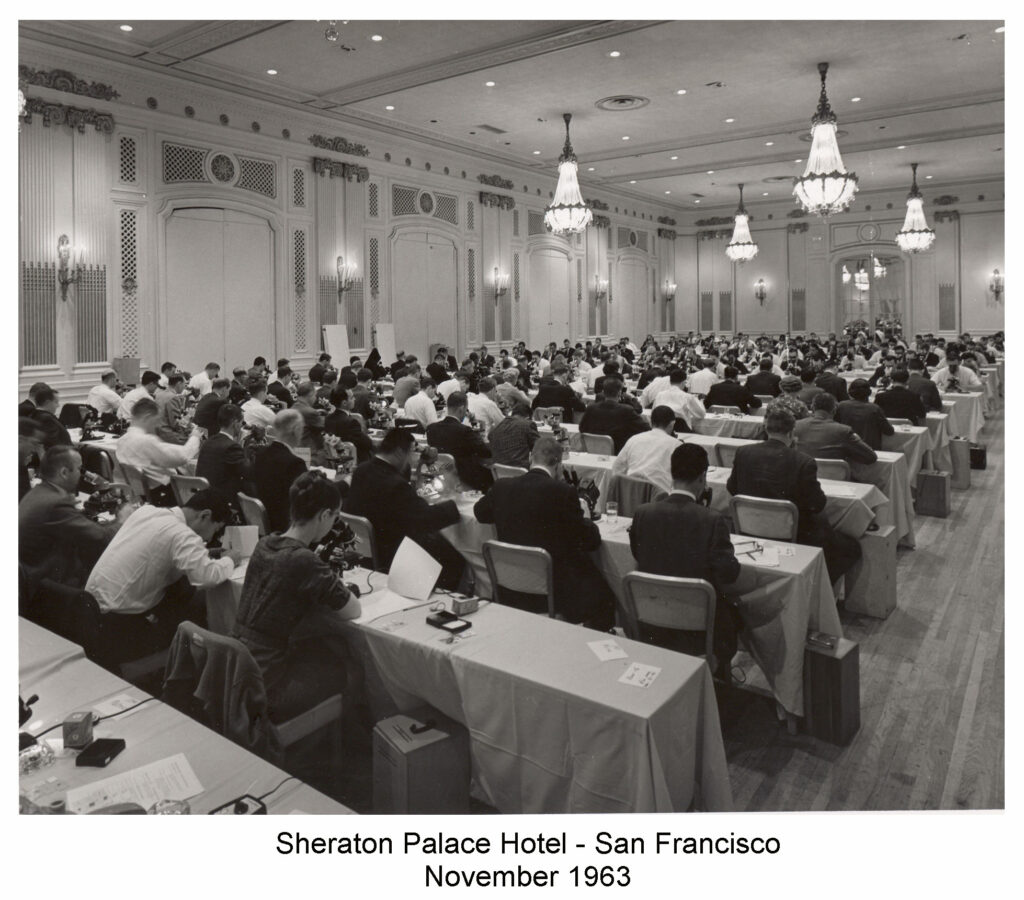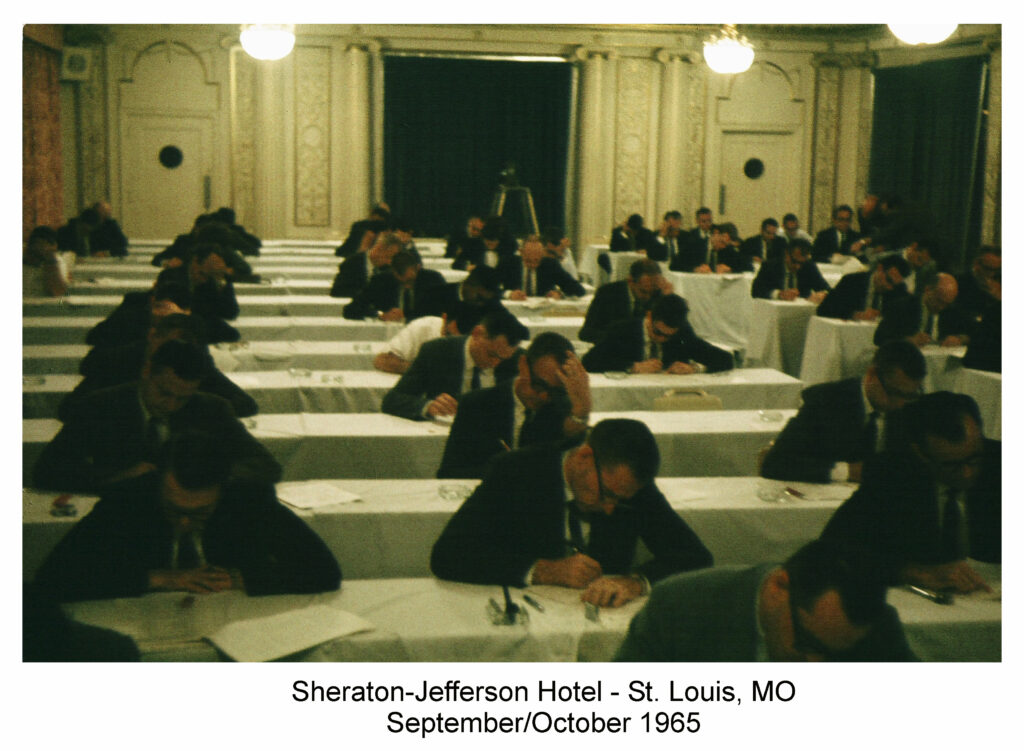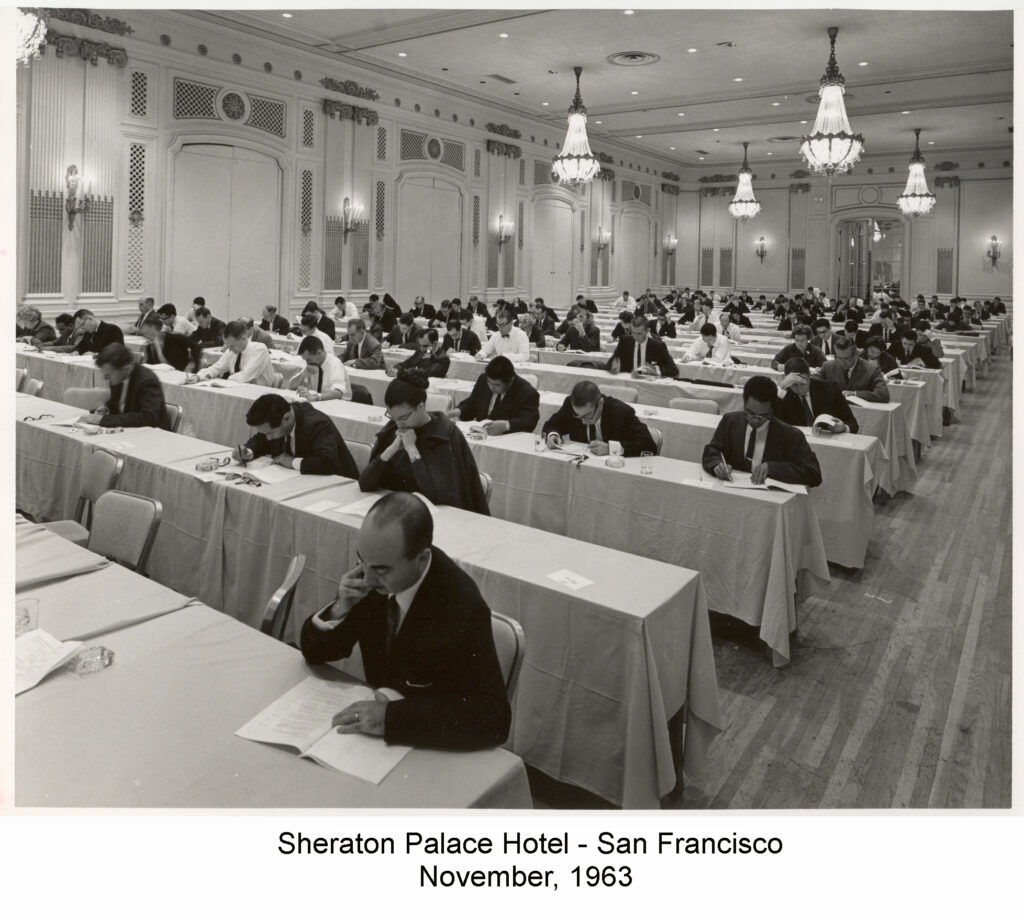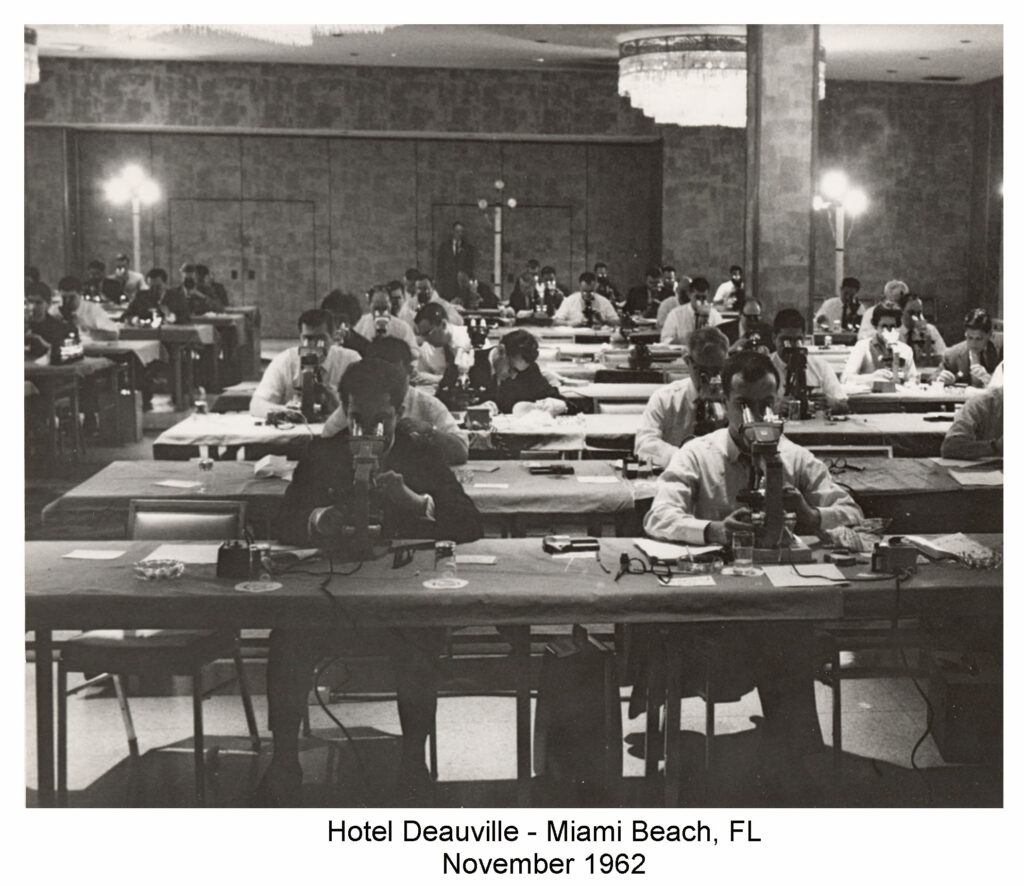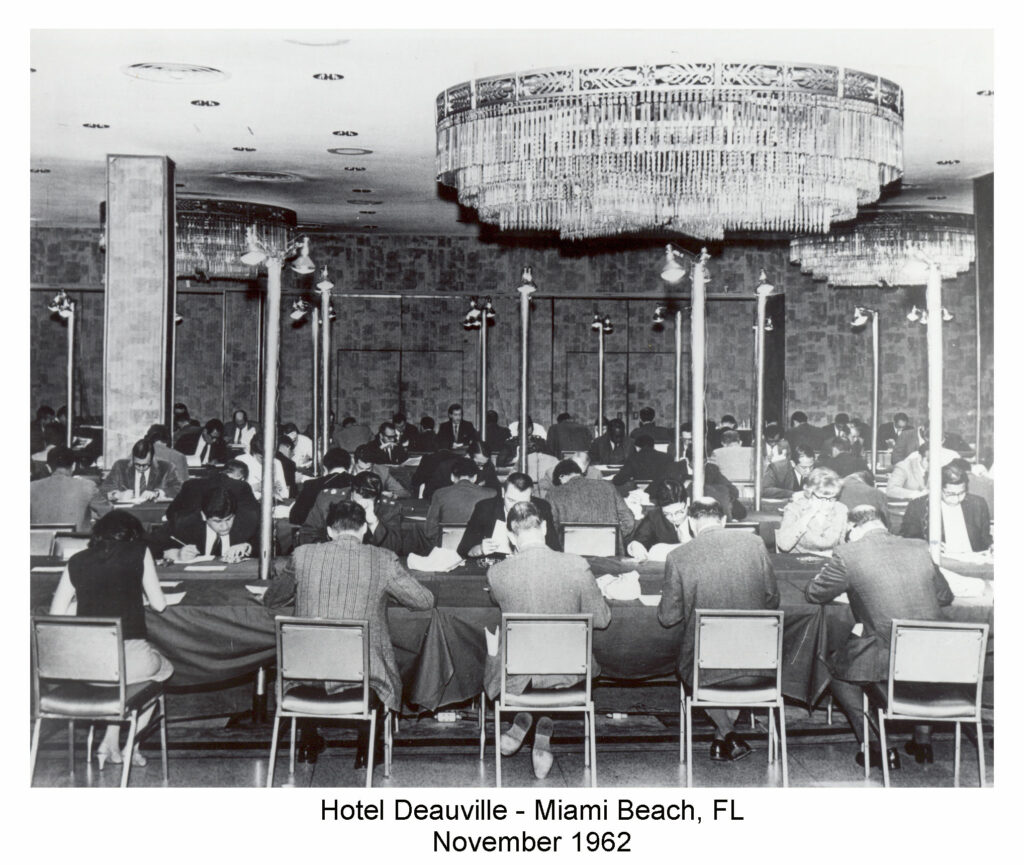ABPath Mission and History
About the ABPath
The American Board of Pathology (ABPath) issues primary certificates in Anatomic and Clinical Pathology, Anatomic Pathology, Clinical Pathology, Anatomic Pathology/Neuropathology.
Subspecialty certificates are issued in:
Blood Banking/Transfusion Medicine
Chemical Pathology
Clinical Informatics (in cooperation with the American Board of Preventive Medicine)
Cytopathology
Hematopathology
Dermatopathology (in cooperation with the American Board of Dermatology)
Forensic Pathology
Medical Microbiology
Molecular Genetic Pathology (in cooperation with the American Board of Medical Genetics and Genomics)
Neuropathology
Pediatric Pathology
Mission and Purpose
The mission of the American Board of Pathology, a member of the American Board of Medical Specialties, is to serve the public and advance the profession of pathology by setting certification standards and promoting lifelong competency of pathologists.
The ABPath accomplishes its mission through the following principal activities:
- Establishing certification and continuing certification standards.
- Assessing the qualifications of those seeking to obtain voluntary certification in the specialty of pathology.
- Conducting voluntary primary and subspecialty certification examinations and awarding certificates to successful candidates.
- Requiring diplomates with time-limited certification and encouraging diplomates with non-time limited certification to participate in Continuing Certification as a means to assist diplomates in evaluating and maintaining competencies necessary for provision of quality patient care.
- Participating in the review of pathology training programs and supporting the directors and trainees of these programs.
- Maintaining communication with the pathology community and other medical organizations, with its diplomates, and with others as appropriate.
- Encouraging the study of pathology.
- Maintaining a registry of its diplomates.
The ABPath does not confer a legal qualification or license to practice pathology and does not delineate who may or may not engage in the practice of pathology or obtain hospital privileges. The ABPath does not define the scope of specialty practice.
Vision and Core Values
Vision Statement
The American Board of Pathology improves the health of the public by promoting excellence in the practice of pathology.
Our Core Values
We are committed to the following values for our stakeholders who include: patients, the public, diplomates, trainees, specialty societies, Trustees, Program Directors, ABMS member boards, volunteers, colleagues and employees.
Integrity & Professionalism:
We are committed to the highest standards, ethics and moral principles in our work, actions, and decisions to serve the best interests of stakeholders.
Innovation:
We embrace new ideas and change through teamwork to continually improve our board certification programs and internal processes.
Transparency:
We are open and responsive in our communications and collaborations with stakeholders.
Service:
We are committed to delivering exceptional and friendly service.
Stewardship:
We ensure the ABPath is led responsibly and that our resources are managed effectively to address the needs of stakeholders.
Accountability:
We are dedicated to the continuous improvement of diplomates’ practice and the quality of the pathology profession on behalf of stakeholders.
Strategic Goals
ABPath’s mission to serve the public and advance the profession of pathology is at the forefront of everything we do. We are dedicated to designing a program that best serves pathologists, patients and others who rely on the meaningful credential of board certification. As we plan for the future, we have developed goals that are specific, attainable and results oriented to support the ABPath’s mission and bring us closer to achieving our vision.
- Identify and implement relevant and meaningful processes for the assessment of residents and fellows in initial certification programs.
- Increase the value of continuing certification programs by promoting lifelong learning, creating relevant assessments, and supporting diplomates in their efforts to stay current in their area of practice.
- Increase diplomates’ and other stakeholders’ satisfaction with and perceived value of ABPath.
- Develop infrastructure and implement processes that support and promote strategic and organizational effectiveness.
- Ensure long term financial viability of the ABPath.
- Increase the effectiveness of the Board of Trustees.
As we realize these goals, ABPath will continue to engage and maintain open communication with all of our stakeholders who entrust us to advance the profession of pathology by setting certification standards and promoting lifelong competency of pathologists.
A Look at Exam Administration Over the Years
Over the years the administration of ABPath certification exams has evolved as technology has improved. Below is a look into how certification exams were administered in the 1960s and 1970s. At that time different hotel ballrooms were used across the country and candidates traveled to select locations. Beginning in 1995, exams were administered at the ABPath Exam center in Tampa, Florida. Additionally, beginning in 2016 some exams were given in Tucson, Arizona, where the American Board of Radiology has a test center. Currently, all Primary and Subspecialty certification exams are administered at Pearson VUE Professional Test Centers throughout the country. Microscopes are no longer used for exams and candidates view Virtual Microscopy (VM) slides to answer questions.
Organizational History
In June 1935, the American Medical Association (AMA) Section on Pathology and Physiology and the American Society of Clinical Pathologists (ASCP) appointed committees that together considered the feasibility and desirability of establishing a national certifying board. The joint committee agreed unanimously that such a board should be established and proceeded to draw up bylaws.
In May 1936, the ASCP and the AMA Section on Pathology and Physiology accepted the proposed bylaws, authorized the nomination of four members each to the ABPath, and incorporated in Michigan. Approval of the ABPath was granted by the Advisory Board for Medical Specialties and the AMA Council on Medical Education and Hospitals.
On July 19, 1936, the ABPath met for the first time in Chicago. The original trustees were F. W. Hartman, E. B. Krumbhaar, H. T. Karsner, and J. J. Moore from the AMA Section on Pathology and Physiology, and A. H. Sanford, F. H. Lamb, A. G. Foord, and R. R. Kracke from the ASCP.
Officers elected were: A. H. Sanford, President; F. H. Lamb, Vice President; F. W. Hartman, Secretary-Treasurer.


